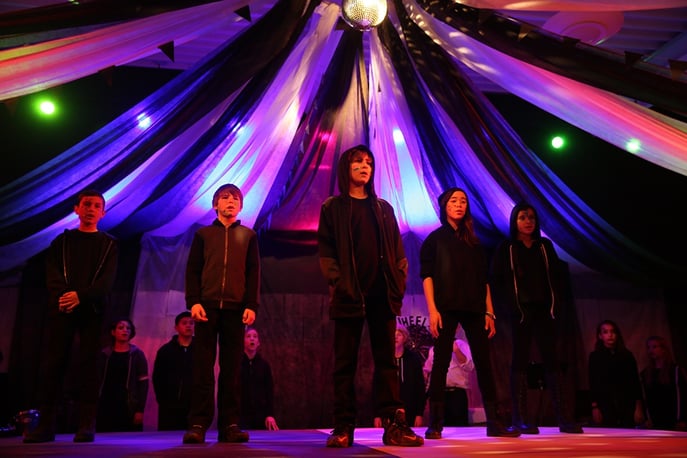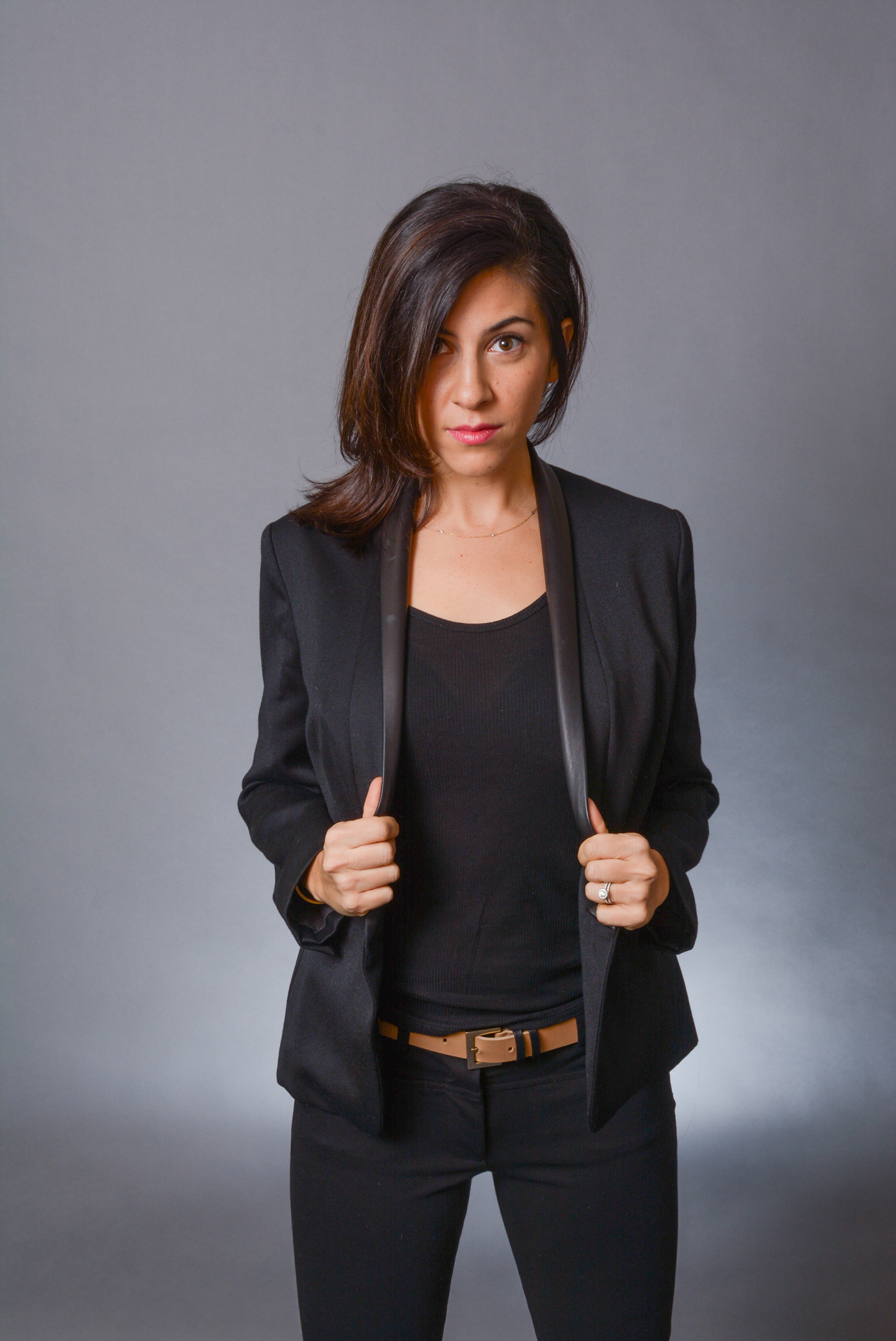The struggle is real when searching for material to produce. Add the qualification that it be exciting enough and consequential enough for a cast of preteens and teens plus their audiences of peers, parents, and professors, it becomes way realer.
I'm sure that producers and directors everywhere have recommendations for making these choices. Here are mine:
Make it relevant
Choose a story that your cast and audience can connect to culturally and/or emotionally. Three years ago, my middle school students were shocked to find out that Romeo and Juliet were written to be their age. Even though they couldn't imagine a love more powerful and more meaningful than living, they knew what it felt like to be suppressed by their elders. And, like Romeo and Juliet, they were able to articulate their own visions for a more hopeful future by considering the events of the past.
Make a change
Our young people may inherit the same conflicts and conditions that we face today. Experience has taught me that they value fairness in a world denying some of its people rights providing them with dignity and grace. They value principles when approaching ethical dilemmas not from "black" and "white" but from the shades of grey in between, and empathy when wanting to understand the emotional and physical challenges of others. I think they are more determined to improve circumstances than adults are. So, by giving them material in which changes are made, they may realize and remember that they too can do things with consequences.

Make an ensemble
For students, it can be hard to understand the value of being part of an ensemble when they may be disappointed by casting decisions. I always think of this oft-quoted statement: "there are no small parts, only small actors." I've seen and felt the truth of Stanislavski's words as an actor and they're very useful when approaching learning at Whitby. Theater productions at Whitby are all about collaboration skills. More specifically, they're about taking on a variety of roles within groups and helping each other to succeed. This social learning and relationship development happens when each student realizes and accepts the part that they play in the creation of the whole. It happens when they become willing to help and guide others, and when they become vulnerable enough to rely on others for the help that they need. It happens when they realize that each piece is integral to the puzzle and that, depending on how they rotate their piece, their role can grow from small to large in an instant.
So, with these points in mind...
I chose to produce and direct West Side Story this fall. The racial discrimination and divides in the 1950s musical bear too many similarities to current tensions and tragedies among our country's ethnicities. Again, as Martin Luther King Jr. said in his "I Have a Dream" speech, we are calling for change and demanding that people "not be judged by the color of their skin but by the content of their character." And we can try to affect this change by helping, guiding, and educating others; by encouraging the kind of empathy that develops when we step into different roles in order to see things from different angles; and when we decide to be a part of the whole-a part of the ensemble-even when we're unsure of how small or large our part will be.



